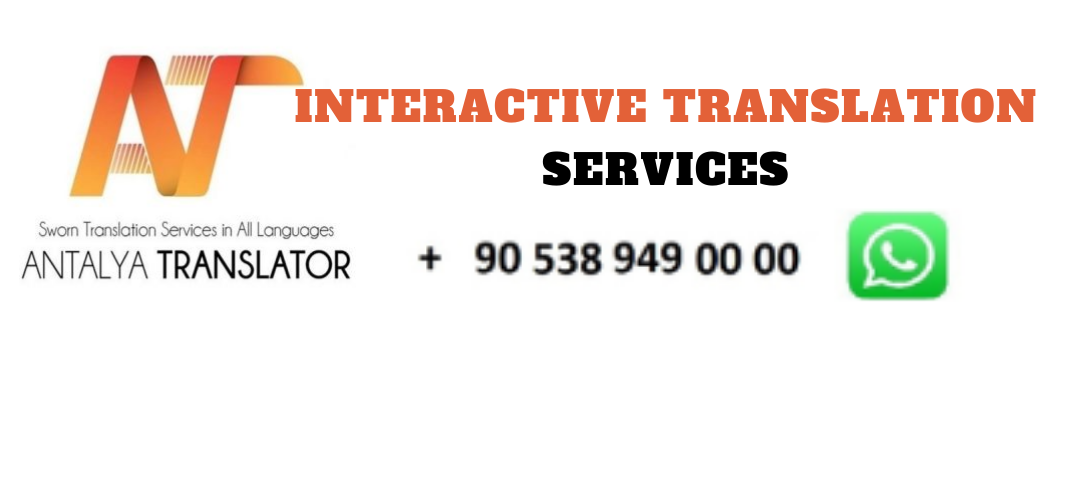
Monitoring Translation Projects: A Map to Success
September 11, 2023
Interpreting: The Power of Speaking World Languages
September 11, 2023The digital world makes communication a platform that crosses borders, and this makes communication between people speaking different languages more important. This is where interactive interpreting comes into play. In this article, we will examine what interactive translation is, how it works and why it is so important in the digital world.
What is Interactive Translation?
Interactive translation is a type of translation that involves the ability to provide real-time interaction during the translation process. This is achieved through digital communication tools such as live video conferences, instant messaging, voice or text conversations. Interactive translators translate the source language speech into the target language instantaneously during the communication.
How does it work?
During a live interaction, interactive interpreters listen to the source language and simultaneously translate into the target language. This means real-time translation and ensures that communication is fluent and effective. Interactive interpreters often work on subjects they specialise in and play a critical role in overcoming language barriers.
Why Interactive Translation is Necessary?
Interactive interpreting is a critical requirement in many areas:
- International Business Relations: International co-operation is common in the business world. Interactive interpreting enables business people who speak different languages to communicate effectively in live meetings or video conferences.
- Healthcare: In the healthcare industry, there can be language barriers between patients and healthcare professionals. Interactive interpreting helps improve patient health and care.
- Education: Educational institutions can use interactive interpreting when teaching international students or teaching languages.
Interactive Translation Examples
– An American company organises a live video conference with a partner company in China. During the conference, interactive interpreters instantaneously translate what is spoken between English and Chinese.
– A healthcare institution has to treat a foreign language-speaking patient and take a medical history. Interactive interpreters translate during a live video conference between the patient and the health professional.
– A university offers online lectures to international students from abroad and provides interactive interpreting and translation of these lectures into English.
Conclusion
Interactive translation is an important tool that facilitates communication between people who speak different languages in the digital world. It is used in many areas from business to healthcare and education. Interactive translation services aim to overcome language barriers and facilitate global communication.

